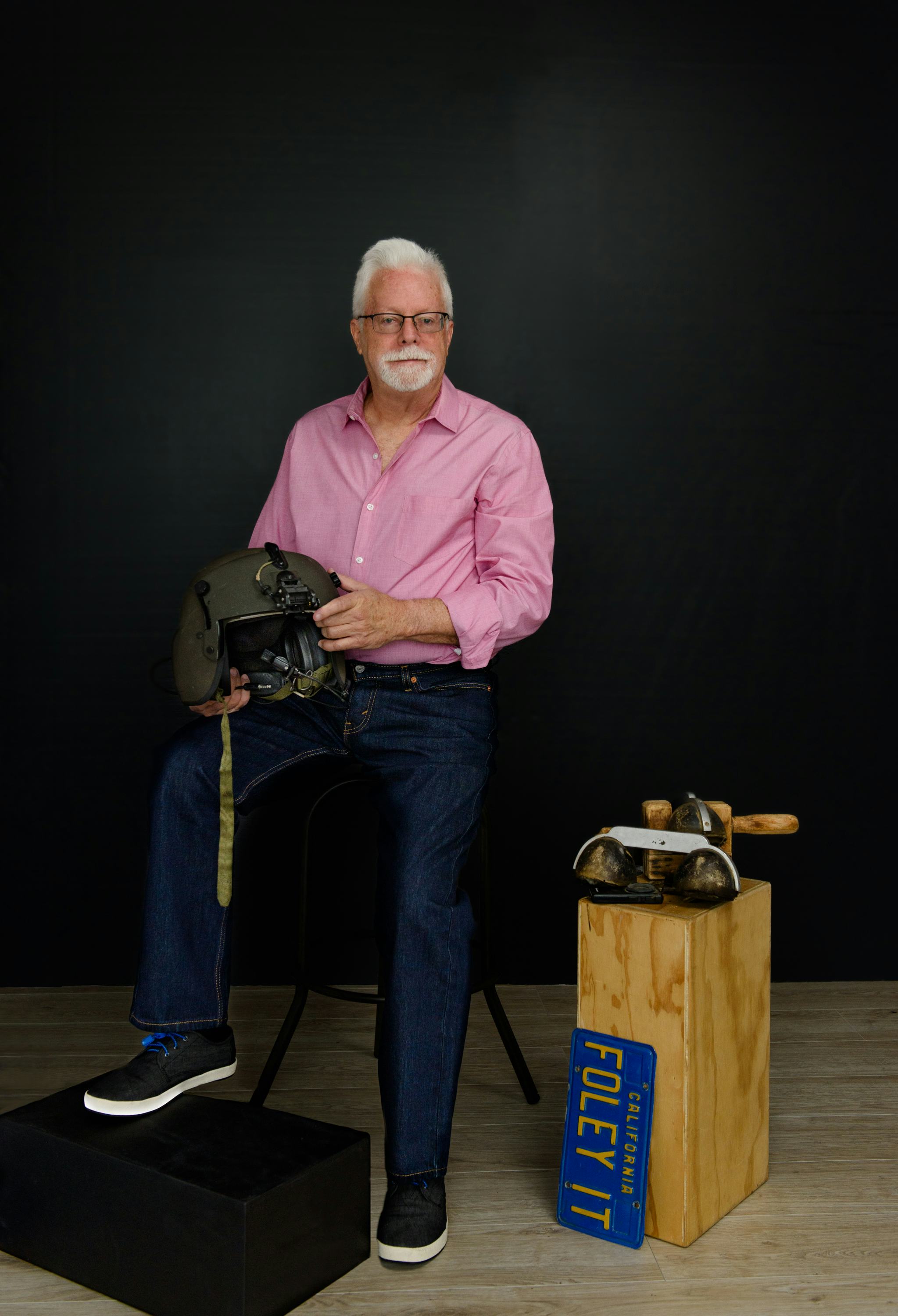
John Roesch owns over 150 pairs of shoes.
“Not quite as many as the former Philippine First Lady Imelda Marcos, but I did my best,” Roesch jokes to Inverse. “It’s not always easy to find heels in my size, though.”
But Roesch, a veteran Foley artist, doesn’t need to walk far in those heels. His job requires him to create live sound effects that are synchronized with moving images — everything from footsteps, to floor creaks, to the blast of a gun shot, or the whistling of the wind are made by Foley artists. It’s an invisible art form, and one that Roesch has been contributing to for 44 years, creating the sounds for classic films such as Back to the Future and E.T. the Extra-Terrestrial, as well as Michael Jackson’s iconic Thriller music video. “You’re creating a psychoacoustic environment,” Roesch says. And to do so, “the footsteps always come first.” Hence the 150 shoes.
But after more than four decades creating the sounds that we take for granted, Roesch is hanging up the heels with his final job on David Fincher’s The Killer. It’s a career capper for Roesch, who calls his final Foley job for Skywalker Sound “bittersweet.”
“Really good Foley, especially when it comes to footsteps, not only feels right, but is right. It lives. It has soul. If we’ve done our job correctly, you don’t know what we’ve done,” Roesch says.
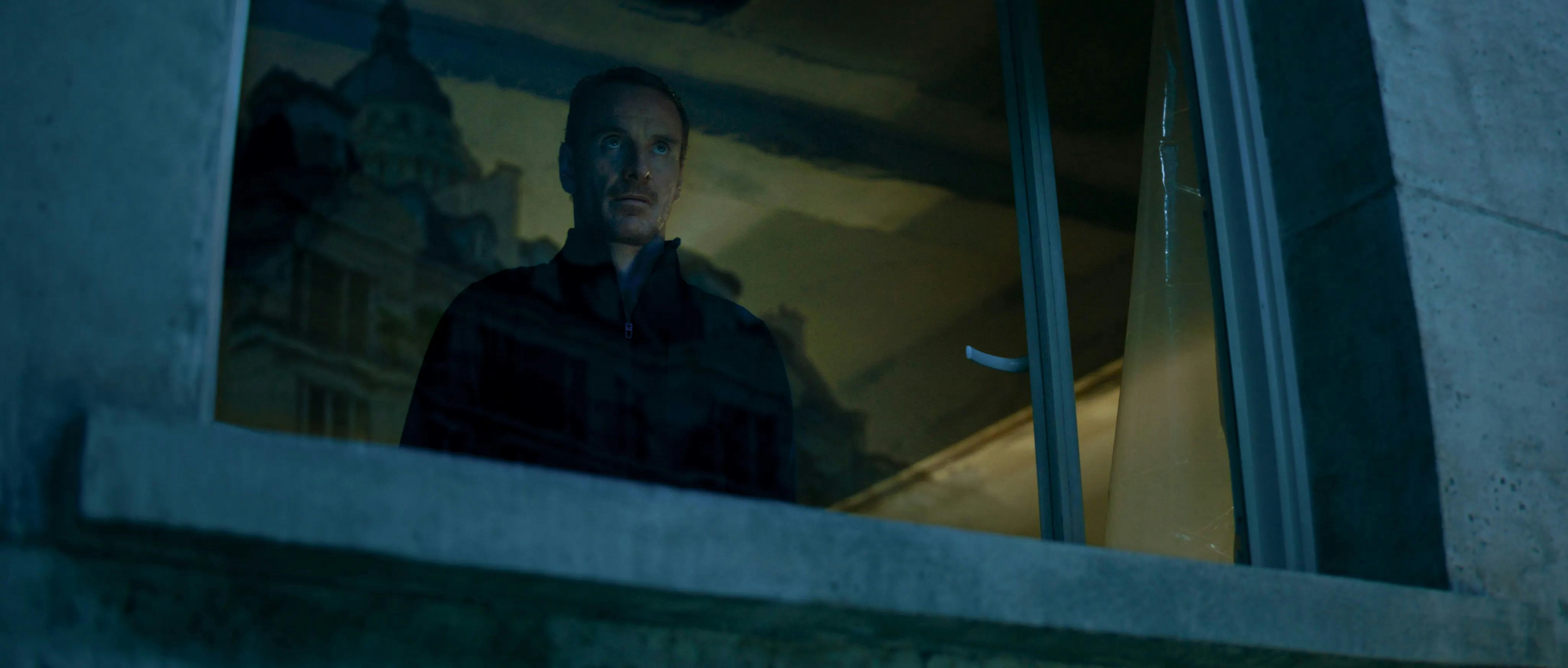
In film, sound is split into three categories: music, dialogue, and sound effects, the latter of which is then broken down into hard and soft effects. “A gunshot would be a hard effect, but the sound of picking up the scoped rifle, placing a cartridge in it, and adjusting the scope would be soft effects,” Roesch explains, taking an example from The Killer. Foley artists, whose work is named after renowned American sound effects artist Jack Donovan Foley, are responsible for the creation of soft sound effects, which can be anything from the swish of a skirt to the sound of a lighter. Put simply, the work of a Foley artist comprises these three main categories: walking, props, and movement.
“Typically, we go through the film and do all the footsteps first. This could take several days. Then we do all the props, followed by the movement,” Roesch explains. The work of a Foley artist takes place on a Foley stage, which includes a pit, where different types of flooring can be used to create the sound of footsteps in diverse locations. Usually filled to the brim with props of all description and sometimes even kitted out with water tanks for aquatic sound effects, Foley stages can be tailored to the specific needs of any film. But it’s an art form that’s being negatively affected by rapidly changing technology... and may soon become a footnote in cinema history.
“Technology has affected the number of [Foley artists] — and not necessarily for the better,” Roesch says.
Inverse spoke to Roesch about his work on The Killer, key changes in the industry, and the highlights of his 44-year career.
This interview has been edited for brevity and clarity.

How did you first get into Foley?
I was going to the American Film Institute as a directing fellow, and I was doing a lot of assistant directing work. A filmmaker called Dessie Markovsky asked me to help her out with the sound on her film. I was tasked with taking the effects that were on these rolls of celluloid film and breaking them down into smaller rolls. Then one day, she asked me, “Are you wearing sneakers, John?” When I said that I was, she and her husband took me into this big room with all this gravel on the floor and a screen on the wall. They told me, “You see that guy up on the screen? He’s going to start running, and we want you to run for him.” I ran right across the room. They stopped me because I needed to run on the four-by-four slab of cement.
Shortly afterwards, I discovered that the manager of the apartment building I was living in was a Foley artist when I almost backed my car into her. It was Joan Rowe, who I later went on to work on E.T. the Extra Terrestrial with! She told me they were looking to hire someone where she was working. I went in one Friday, and I never stopped.
How do people tend to react when you tell them you work in Foley?
I mean, there are more astronauts in the world than there are working full-time professional Foley artists, so people aren’t always sure what it involves. I’ve had people asking me if I was a urologist because there’s this thing called a Foley catheter.
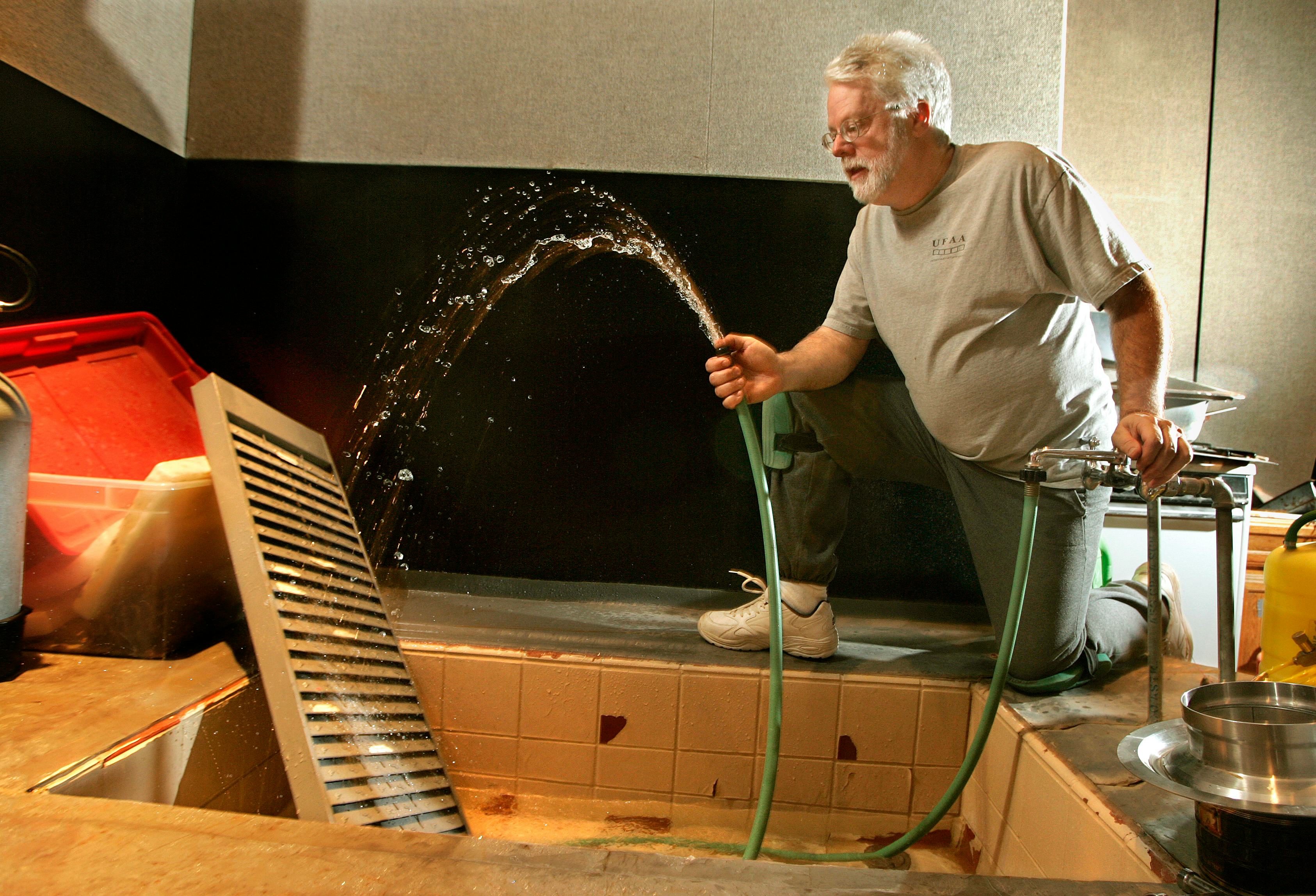
Do you have an example of a must-have item for a Foley artist?
A shammy cloth, typically used to wipe down your vehicle once you’ve washed it, can be used for all sorts of fun things. For instance, if you want to make the sound of a breaking bone, then you can wrap a shammy around celery and break it.
Can you walk me through the art of creating footsteps? (Pardon the pun.)
The footsteps always come first because when you start with the feet, you’re creating a psychoacoustic environment. For The Killer, Foley artist Shelley Roden did Michael Fassbender’s footsteps. He’s playing an assassin, so he’s going to wear shoes that don’t make much sound because he needs to be stealthy.
You can use shoes to make a character sound big, in control, or like they’re about to save the day. I own over 150 pairs of them, so not quite as many as the former Philippine First Lady Imelda Marcos did, but I did my best. It’s not always easy to find heels in my size, though.
You famously worked on Michael Jackson’s footsteps in his “Thriller” music video. What was that experience like?
For any dance scene, rhythm is key. Many dancers have moments when their feet hit the ground and they are out of rhythm. I didn’t have that issue with Michael because the guy was amazing. I didn’t have to know the routine per se, but I did have to break it down into parts and cheat the sound that was needed depending on whether he was up on the tip of his toes or stepping to the side. I was performing with headphones, which we call the “cans” in the industry. And if at any point, I couldn’t see his feet, I just moved to the beat.
What was the experience of doing Foley for David Fincher like?
David Fincher is intimately involved in all aspects of the pictures he works on. He is incredible at giving detailed notes to the supervising sound editor, so that information then filters down to us. Maybe he wants it to sound claustrophobic, like the walls are coming in on Fassbender, or maybe a professional assassin would wear something unusual, so no DNA gets anywhere. We thought carefully about all these elements and the sounds involved.
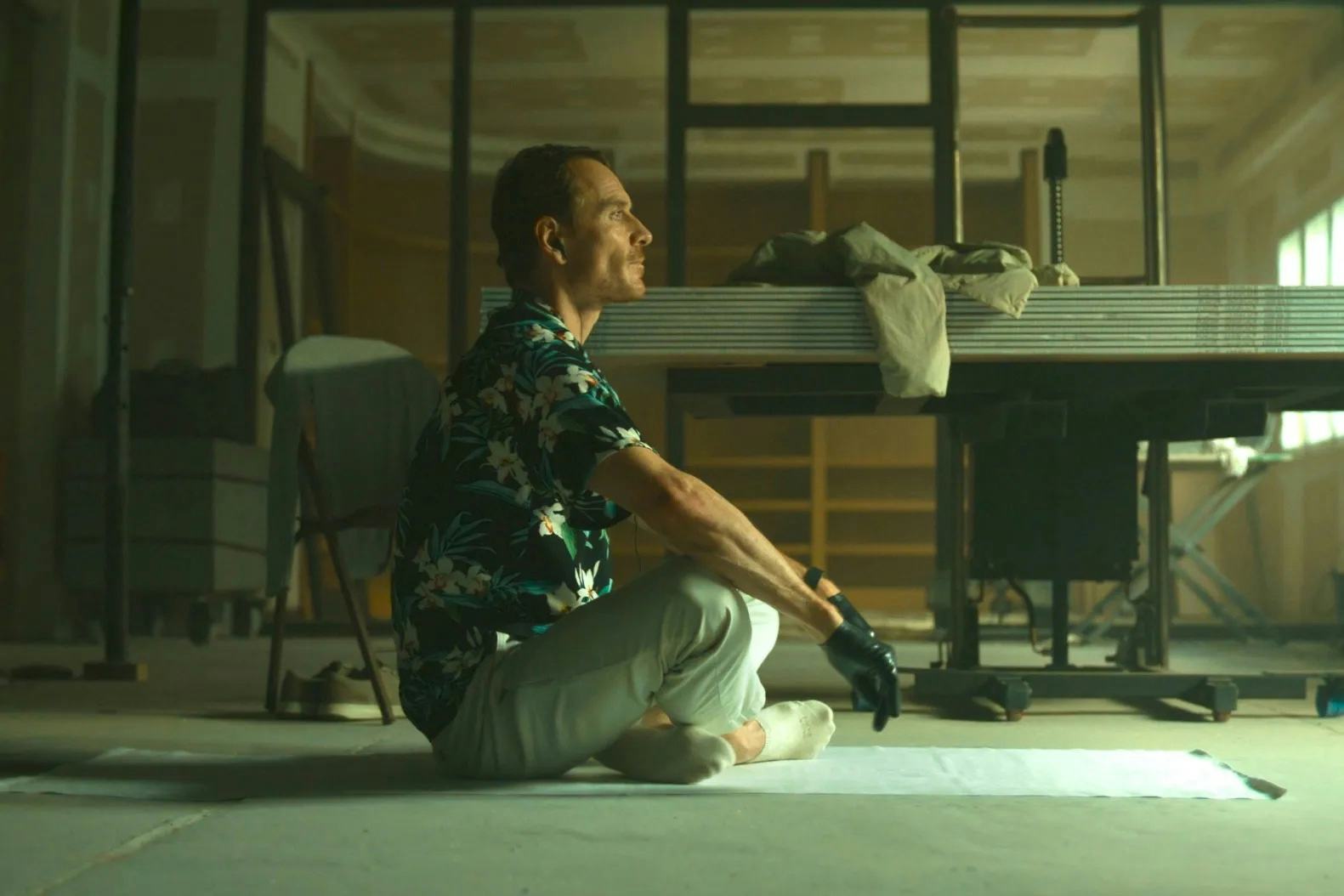
Sometimes, I imagine you have to create sounds that you have never heard yourself. What are the most unusual sounds you have created?
Yes, each film presents a unique set of challenges. What does a vampire sound like when a stake goes through its heart and it turns to dust? What kind of noise would an animated figure running on corpuscles inside a human body make? These are the kinds of questions we ask ourselves.
When I was working on E.T. the Extra-Terrestrial, Steven Spielberg told the supervising sound editor Charles (Chuck) L. Campbell to make E.T. “sound funny.” What does that mean? Joan Rowe and I were working on it together, and she sometimes used to go and buy this pre-packaged liver from the deli. She picked one up one day and when she moved it, it made this funny sound. So, we thought we could use that. Then, one day, we headed out to lunch, and somebody ordered Jell-O. It was wiggling back and forth, and I started laughing. Joan went home and cooked up a huge vat of it. She brought it in the next day. I took one of my T-shirts and taped up the arm holes and neck hole with gaffer tape. Then I turned it upside down, so the waist was open. She dumped all the Jell-O in there, and I shook it in front of the microphone every time E.T. was moving. The liver also featured. We were trying to make this thing sound like it wasn’t quite real.
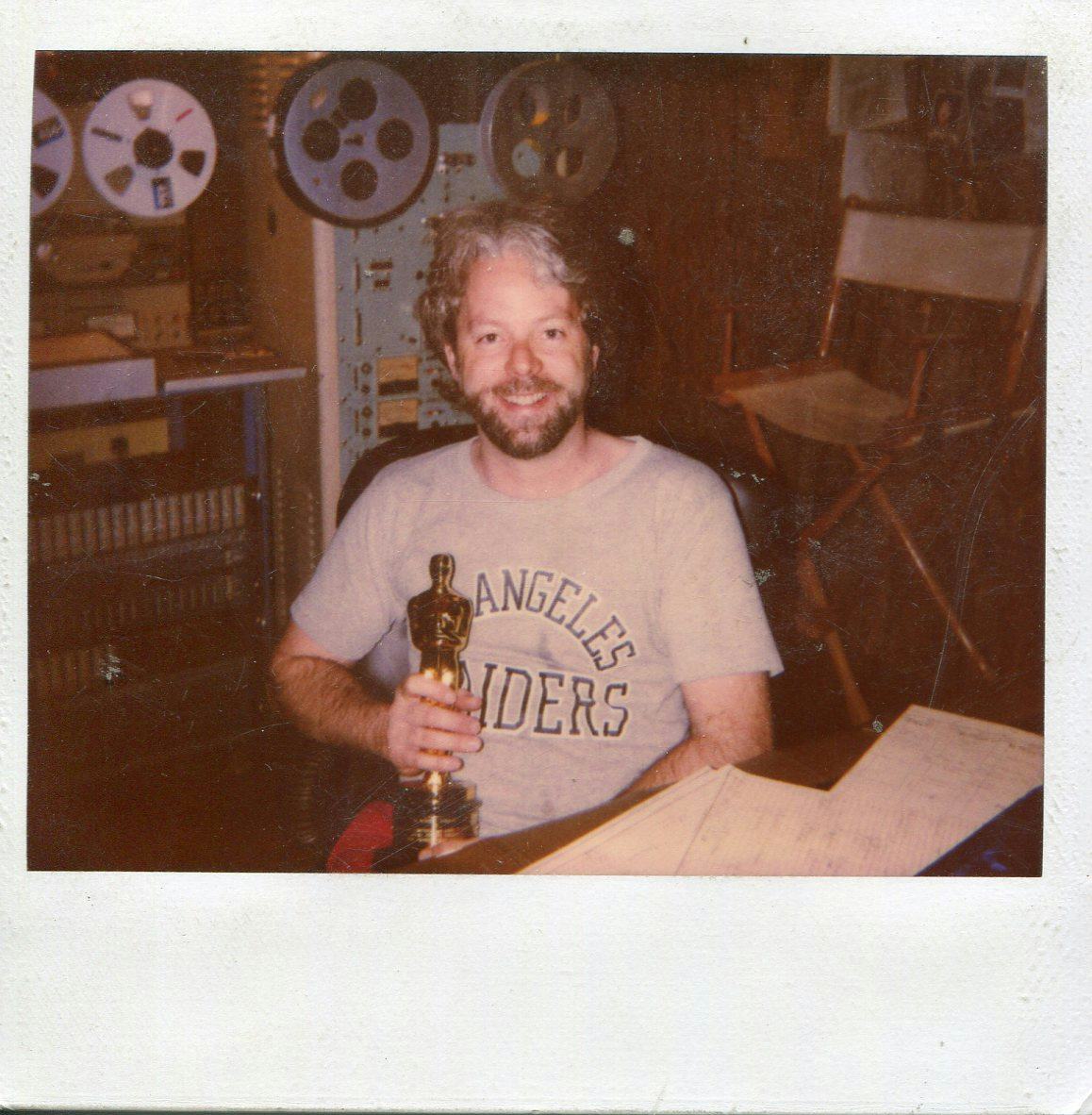
How has the Foley industry changed since your career began?
When I first started, a friend’s team at MGM had three Foley artists, a projectionist, a recordist, the mixer, the prop man, and sometimes they even had a boom operator. Nowadays, you typically have just one Foley artist and one mixer. Technology has affected the number of personnel — and not necessarily for the better. I’m not just saying this to sound like an old guy in a rocking chair. I know from my work with Shelley and Scott at Skywalker Sound that three minds are much better than two. And let’s face it, if we’re doing a picture with men and women, women tend to do women’s footsteps better than men.
There’s also this terrible pressure to make each film cost less, so sometimes they’ll decide to cut the Foley budget, which translates to less time for us to perform and affects what can be achieved. In television, some places in LA don’t even use Foley artists any longer. They cut it all from a library and say they’re “cutting Foley effects,” which isn’t possible because Foley involves the creation of custom sound effects for that specific moment on the screen.







